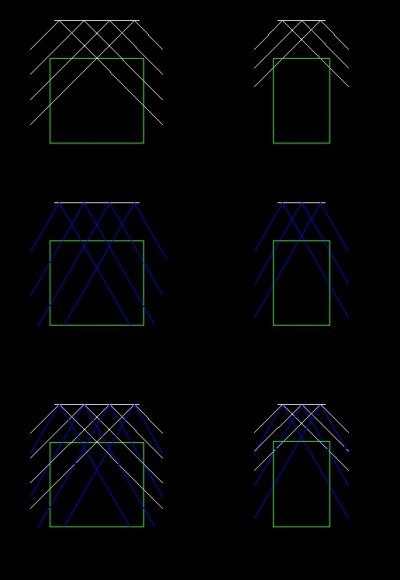krap101
Aquarium Advice Addict
Thanks! It think it might have been in your thread, but what I believe was discussed was leds just in parallel (like 3.7v ps with high amperage, and running 1 led in each string.) I'm not familiar with the meanwell, but I have taken E & M in college, but applying it to real life like this is just funky  as it should be.
as it should be.
I'm curious to know what would stop you from running a parallel series on a meanwell. It might be something inherent in the design, but from my E&M knowledge, splitting the string should double the amount of current and halve the amount of voltage. Like I said, I'm not sure if there's something inherent in the meanwell that will prevent me from doing this, but I thought what I learned could be applied to any power supply.
Also, I probably won't be running more than 6 for this project, but I'd like to be able to use the same design, and maybe the same meanwell when I upgrade to 29 and 40B, which is why I'm trying to future-proof the design now.
Since I'm using a driver, wouldn't that prevent most fluctuations within each string, since current within a string is the same for all "resistors"? I'm trying to find out what instability is there when using a parallel (or parallel series) circuit
Thanks so much guys, sorry for the essay I wrote . I've found that with the delay of forums, it's not like iming, where it's best to get as much information out as possible
. I've found that with the delay of forums, it's not like iming, where it's best to get as much information out as possible 
Thanks again
I'm curious to know what would stop you from running a parallel series on a meanwell. It might be something inherent in the design, but from my E&M knowledge, splitting the string should double the amount of current and halve the amount of voltage. Like I said, I'm not sure if there's something inherent in the meanwell that will prevent me from doing this, but I thought what I learned could be applied to any power supply.
Also, I probably won't be running more than 6 for this project, but I'd like to be able to use the same design, and maybe the same meanwell when I upgrade to 29 and 40B, which is why I'm trying to future-proof the design now.
Since I'm using a driver, wouldn't that prevent most fluctuations within each string, since current within a string is the same for all "resistors"? I'm trying to find out what instability is there when using a parallel (or parallel series) circuit
Thanks so much guys, sorry for the essay I wrote
Thanks again

